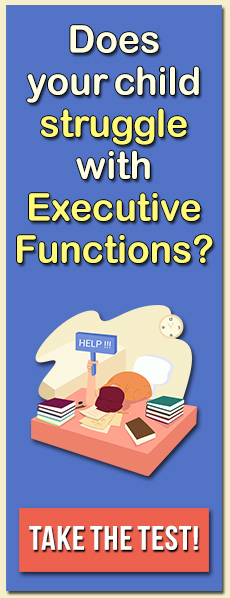Improving social skills in autism and ADHD is one of the targeted treatment outcomes of children affected by these disorders. There is some question about whether technology may help or hinder social skills in children affected by autism and ADHD, as recent studies have suggested that certain types and amounts of video game and app play might intensify already problematic social skills in this population. A 2011 study by Orsmond and Kuo found that adolescents with autism spectrum disorder spend most of their discretionary time watching television and using the computer. Much of this time is spent alone, isolated from their peers. While studies, including our own research at LearningWorks for Kids, do not suggest the same level of social isolation in children with ADHD, they do indicate that children with ADHD also tend to spend most of their free time watching television and playing computer games. This is in contrast to their typically-developing peers who spend the most time watching television and secondarily, listening to music.
[cjphs_content_placeholder id=”73528″ random=”no” ]
The task of improving social skills in Autism and ADHD is made more difficult when children affected by these disorders isolate themselves with games and technology. This isolation limits their opportunities to interact socially. It may not be technology per se that is problematic, but the type of games, apps and digital media preferred by children with autism. A 10-year prospective study conducted by Mazurek indicates that the majority of youth with autism spectrum disorder (64.2 percent) spend most of their free time involved in non-social media, including television and video games, while only 13.2 percent spend time in using social media such as email, Internet, and chatting. Non-social media media use were higher and rates of social media use were lower in the autism group, when compared to children with other learning disabilities and speech and language disorders. Anecdotal reports from many LW4K parents describe their children with ADHD playing M-rated games online with their peers, in contrast to the tendency of children with autism to engage in more single-player games.
Psychologists and parents frequently focus on the need for improving social skills in autism and ADHD. However, the struggles may differ between the two groups, so that children with autism spectrum disorder may have difficulty understanding social cues and effectively expressing themselves, and children with ADHD may be impulsive, challenge social boundaries, and not take the time to adequately read nonverbal signals. Nonetheless, both children with autism and ADHD will improve their social skills from more face-to-face involvement with peers and less social isolation. Parents are often faced with the dilemma of how to keep their children happy while they are engaged with non-social media, yet at the same time having them learn appropriate social skills. Some of the best solutions for improving social skills in autism and ADHD do not involve taking children’s technology away from them, but adapting its use to integrate more social interactions. We suggest the following strategies:
Solutions for Improving Social Skills in Autism and ADHD with Technology
1.) Play together. Join in on the fun, and encourage your kids to primarily play video games socially, rather than by themselves. A further requirement is that at least one of their fellow players is periodically someone they know and see on a regular basis at school. This gives them something to talk about with their peers, and can help them to become part of a larger population of peers in the school setting.
2.) Improve social skills in children with autism by conversing about digital media. The 2011 study by Orsmond and Kuo describes how greater time spent in conversation predicts future decreases in severity of social impairment in children affected by autism spectrum disorder. This suggests that parents, educators, and siblings should initiate conversations about a variety of interests involving digital media, such as favorite television shows, apps, music and video games. It becomes important to develop and share your own digital media interests and activities, so that you can help your child expand the range of their own knowledge. By initiating conversations about your own interests in video games and media you are able to steer discussions to new topics rather than allowing them to perseverate about one particular game or interest.
3.) Carefully monitor how much time your child is spending in these online social settings. Always make sure to use them as an opportunity for practicing face-to-face communication skills. Ask your child questions about specific online social interactions, and have him try to explain how such an interaction would play out in the “real world.”
4.) Play online. Require that your child predominantly play multi-player games and games that facilitate social interactions. Kids with autism may find that they’re more comfortable and more readily accepted by their peers in online settings, as they have more skill at identifying social cues in game-based communication than in translating nonverbal cues.
Our Series on Autism in the Digital Age:
- What is the Newest Research on Autism and Video Games?
- Video Games and Defiance in Autism Spectrum Disorders
- Understanding Technology and Autism
- Autism and Technology: A Match Made for the 21st Century
- Improving Social Skills in Autism and ADHD
- Family Activities for Autism, ADHD and Digital Media
- What Is the Impact of Video Games on Autism and Attention?





